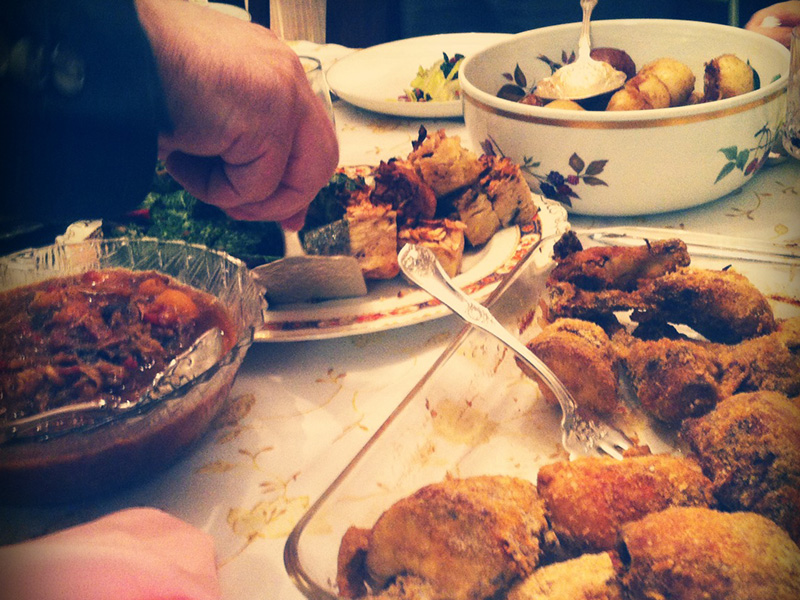Shabbat ha-Gadol is a time to prepare ourselves for Passover rituals. Now is also a good time to make sure that we are as careful about waste from the seder as our ancestors were about leftovers from the Passover sacrifice.
In Exodus 12, God commands each household to sacrifice a lamb for all future Passover festivals. Because the point of this sacrifice is to celebrate the hag, any meat left over to the next morning should be burnt rather than eaten on the intermediate days of Passover.
This rule has the potential to be wasteful. Many households were too small to consume all the meat of a lamb in one night. To avoid this waste, God further commands such households to join with a neighbouring household and share the Passover sacrifice.
We, too, should be careful about waste from our celebration of Passover. If food waste were a country, it would be the third-largest emitter of global warming gases, behind only China and the United States. When we waste food, we also waste the resources that went into growing, packaging, shipping and cooking it. To make sure we serve the right amount of food, the Natural Resources Defense Council, a non-profit environmental advocacy group, has an online “Guest-imator” that, based on your menu and number of guests, will calculate how much of each dish to buy and cook.
Allowing for planned leftovers is another great feature of the Guest-imator. Now that we no longer sacrifice lambs at the Temple on Passover, there is no need to burn the brisket that did not get eaten at the seder. In fact, many seder cooks, myself included, count on seder leftovers to get the family through the rest of Passover. Now we will know exactly how much gefilte fish and chicken we need, so that none goes to waste.
